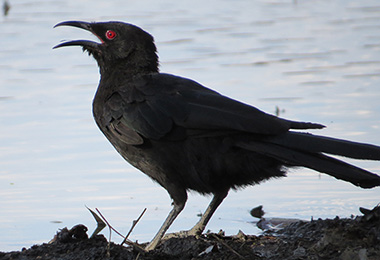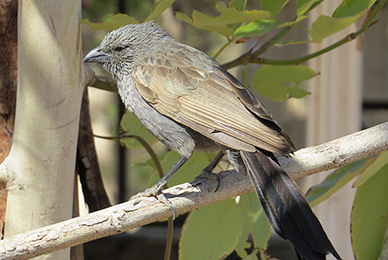AUSTRALIAN MUDNESTER FAMILY
In the vast and varied expanse of the Australian landscape, there exists a unique avian family known as the Corcoracidae, or more commonly, the Australian mudnesters. This small but remarkable family is comprised of just two surviving species: the White-winged Chough and the Apostlebird. These two species, though limited in number, tell a fascinating story of adaptation and social behavior that is a testament to the wonders of nature.
The Australian mudnesters are named for their extraordinary nesting habits. Both construct their homes using mud, which they skillfully gather and mold with their beaks. These nests are not mere assemblages of dirt and water; they are intricate structures, often built collaboratively in a communal effort that showcases the birds’ strong social bonds.
Both species exhibit a strong sense of community, not just in their cooperative breeding but also in their day-to-day interactions. They maintain complex social structures and communicate with a variety of calls and body language, which serve to strengthen their bonds and coordinate their activities.


